-
 Bitcoin
Bitcoin $107,360.0175
0.36% -
 Ethereum
Ethereum $2,425.2303
-1.15% -
 Tether USDt
Tether USDt $1.0003
-0.01% -
 XRP
XRP $2.1850
4.33% -
 BNB
BNB $646.4128
0.37% -
 Solana
Solana $146.0511
2.89% -
 USDC
USDC $0.9998
-0.01% -
 TRON
TRON $0.2754
1.55% -
 Dogecoin
Dogecoin $0.1626
0.80% -
 Cardano
Cardano $0.5599
0.49% -
 Hyperliquid
Hyperliquid $37.2026
0.62% -
 Bitcoin Cash
Bitcoin Cash $499.0346
0.17% -
 Sui
Sui $2.7251
2.86% -
 Chainlink
Chainlink $13.1187
-0.19% -
 UNUS SED LEO
UNUS SED LEO $9.0747
0.54% -
 Avalanche
Avalanche $17.6526
0.87% -
 Stellar
Stellar $0.2373
1.02% -
 Toncoin
Toncoin $2.8387
0.25% -
 Shiba Inu
Shiba Inu $0.0...01136
1.04% -
 Litecoin
Litecoin $85.2460
1.04% -
 Hedera
Hedera $0.1473
2.04% -
 Monero
Monero $314.3978
1.56% -
 Bitget Token
Bitget Token $4.6799
0.81% -
 Dai
Dai $1.0001
0.02% -
 Polkadot
Polkadot $3.3403
0.70% -
 Ethena USDe
Ethena USDe $1.0002
0.02% -
 Uniswap
Uniswap $6.9908
0.77% -
 Pi
Pi $0.5310
-3.57% -
 Pepe
Pepe $0.0...09292
-0.19% -
 Aave
Aave $254.8721
-2.23%
How to get a BTC receiving address in MetaMask?
MetaMask doesn't hold BTC directly; it integrates with external services like hardware wallets or exchanges to manage Bitcoin transactions.
Mar 31, 2025 at 03:15 pm
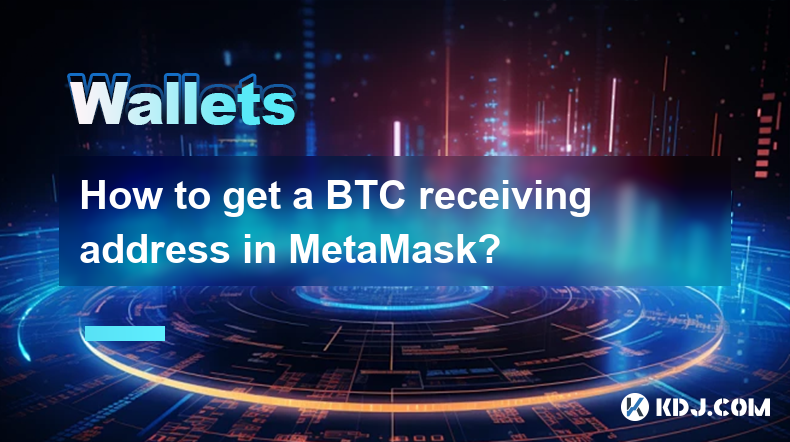
MetaMask is primarily known as an Ethereum wallet, but its functionality has expanded to support other cryptocurrencies, including Bitcoin (BTC). However, it doesn't directly manage BTC; instead, it leverages the capabilities of other services. Understanding this distinction is crucial before attempting to receive BTC. You won't find a native BTC address generation within the core MetaMask interface like you would for ETH.
Understanding MetaMask's BTC Functionality
MetaMask doesn't hold BTC directly. Instead, it integrates with external services that handle BTC transactions. This means you'll need to connect your MetaMask wallet to a compatible service to receive Bitcoin. This integration usually involves using a third-party provider which acts as a bridge between your MetaMask wallet and the Bitcoin network. Think of it as a gateway – MetaMask provides the user interface, but the actual Bitcoin transaction management happens elsewhere.
Using a Third-Party Service for BTC Transactions
Several services offer this bridge. Popular choices include:
Hardware Wallets: These provide enhanced security for your BTC. Many hardware wallets allow you to display your BTC address within their interface and can be connected to MetaMask to view your balance, although the actual transaction signing takes place on the hardware device itself. This is generally considered the most secure method.
Custodial Exchanges: These exchanges hold your BTC on their platform. You can generate a deposit address through the exchange's interface and then see your balance reflected (potentially with a delay) in your MetaMask wallet via the exchange's integration. Note that custodial solutions involve relinquishing direct control of your private keys.
Non-Custodial Exchanges/Services: These services offer a similar functionality to custodial exchanges, but without holding your private keys. This offers a middle ground between security and convenience. They often provide a BTC receiving address that can be used with MetaMask.
Step-by-Step Guide: Receiving BTC via a Custodial Exchange (Example)
This guide uses a hypothetical custodial exchange called "CryptoExchange" as an example. The exact steps may vary depending on the exchange you choose. Always verify the legitimacy of any exchange before using it.
Step 1: Create an Account: Create an account on CryptoExchange and complete the necessary verification procedures.
Step 2: Connect MetaMask (If Required): Some exchanges allow direct integration with MetaMask. Check their documentation to see if this is an option.
Step 3: Generate a BTC Deposit Address: Navigate to the BTC section of CryptoExchange and find the option to generate a new deposit address.
Step 4: Copy the Address: Carefully copy the generated BTC address. Double-check for accuracy to prevent loss of funds.
Step 5: Share the Address: Provide this BTC address to the sender.
Step-by-Step Guide: Receiving BTC via a Non-Custodial Exchange (Example)
This example uses a hypothetical non-custodial exchange called "SecureSwap." Again, specific steps will vary depending on the platform.
Step 1: Create an Account: Create an account on SecureSwap and complete verification, if required.
Step 2: Connect MetaMask (If Required): Check SecureSwap's documentation for MetaMask integration instructions.
Step 3: Generate a BTC Receiving Address: The process for generating an address will depend on SecureSwap's interface. Look for options related to "Deposit," "Receive," or "Bitcoin."
Step 4: Copy the Address: Carefully copy the generated BTC address. Verify its accuracy before sharing.
Step 5: Share the Address: Provide this address to the sender.
Step-by-Step Guide: Receiving BTC via a Hardware Wallet (Example)
This example uses a hypothetical hardware wallet called "LedgerSafe."
Step 1: Set up your LedgerSafe: Follow the manufacturer's instructions to set up your LedgerSafe device.
Step 2: Install Bitcoin App: Install the Bitcoin app on your LedgerSafe.
Step 3: Access your BTC Address: Connect your LedgerSafe to your computer and access the Bitcoin app. Your BTC receiving address will be displayed.
Step 4: Copy the Address: Carefully copy the address. Double-check for accuracy.
Step 5: Share the Address: Share the address with the sender.
Important Security Considerations
Always verify the legitimacy of any exchange or service before providing your MetaMask credentials or sending/receiving cryptocurrency. Never share your seed phrase or private keys with anyone. Be wary of phishing scams and only use official websites and apps. Double-check addresses before sending or receiving any cryptocurrency.
Frequently Asked Questions
Q: Can I directly receive BTC into my MetaMask wallet without using a third-party service?
A: No. MetaMask does not natively support Bitcoin. You need a third-party service to bridge the gap between MetaMask and the Bitcoin network.
Q: Is it safe to use custodial exchanges to receive BTC?
A: Custodial exchanges offer convenience but involve relinquishing control of your private keys. This presents a security risk, albeit one many users are willing to accept for the ease of use.
Q: What is the most secure way to receive BTC using MetaMask?
A: Using a hardware wallet offers the highest level of security. It keeps your private keys offline and provides an extra layer of protection against hacking and theft.
Q: What happens if I enter the wrong BTC address?
A: Sending BTC to the wrong address usually results in irreversible loss of funds. Always double-check the address before sending.
Q: Can I use multiple services to receive BTC?
A: Yes, you can use different services for different purposes. For example, you might use a custodial exchange for frequent small transactions and a hardware wallet for larger, more valuable holdings.
Q: What if I lose access to the third-party service I'm using?
A: The impact depends on the type of service. With a custodial exchange, you may need to contact their support to regain access. With a non-custodial service, the impact will vary depending on how the service is integrated with your wallet. If you are using a hardware wallet, loss of access to the service is less impactful as your keys remain secured on the device.
Disclaimer:info@kdj.com
The information provided is not trading advice. kdj.com does not assume any responsibility for any investments made based on the information provided in this article. Cryptocurrencies are highly volatile and it is highly recommended that you invest with caution after thorough research!
If you believe that the content used on this website infringes your copyright, please contact us immediately (info@kdj.com) and we will delete it promptly.
- Across Crypto Project Faces Heat: Secret $23M Transfer Sparks Governance Debate
- 2025-06-28 16:30:13
- Trump Coin's Wild Ride: Liquidity Drain, Exchange Deposits, and What It Means for Binance & OKX
- 2025-06-28 16:50:13
- Solana, XRP, and Spot ETFs: A New York Minute on Crypto's Shifting Sands
- 2025-06-28 17:10:13
- Trump, Memecoin Mania, and Whale Watching: A New York Minute in Crypto
- 2025-06-28 16:30:13
- Gemini, Tokenized Stocks, and Europe: A New Era for Investment?
- 2025-06-28 17:10:13
- Shiba Inu, Lending Coins, and Early Holders: A New Frontier
- 2025-06-28 16:51:59
Related knowledge

How to stake cryptocurrencies on Coinbase? Benefits and risks
Jun 27,2025 at 06:36pm
Understanding Cryptocurrency Staking on CoinbaseStaking cryptocurrencies involves locking up digital assets to support the operations of a blockchain network, typically in return for rewards. Coinbase, one of the most popular cryptocurrency exchanges globally, offers staking services for several proof-of-stake (PoS) coins. Users can stake their holdings...
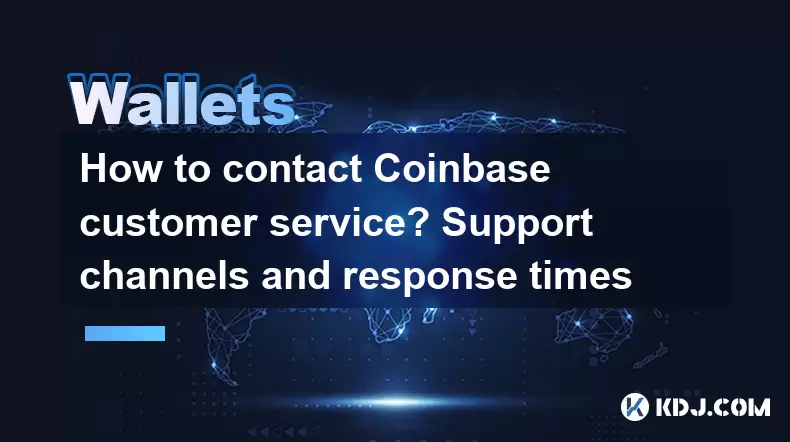
How to contact Coinbase customer service? Support channels and response times
Jun 28,2025 at 01:29pm
Contacting Coinbase Customer Service: Support Channels and Response TimesIf you're a user of Coinbase, reaching their customer service team may become necessary for various reasons, such as account verification issues, transaction disputes, or technical difficulties. Understanding the different support channels available and what to expect in terms of r...
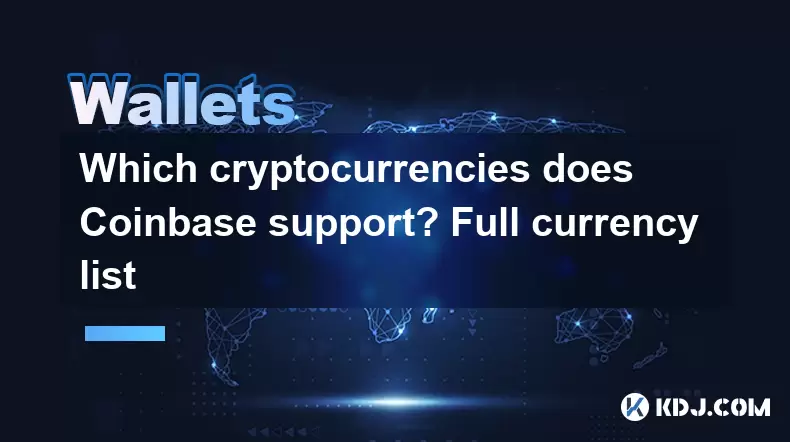
Which cryptocurrencies does Coinbase support? Full currency list
Jun 28,2025 at 08:36am
Overview of Cryptocurrencies Supported by CoinbaseCoinbase is one of the most popular and trusted cryptocurrency exchanges globally. It provides users with a platform to buy, sell, trade, and store various digital assets. As of the latest updates, Coinbase supports over 200 cryptocurrencies, including major ones like Bitcoin (BTC), Ethereum (ETH), and L...
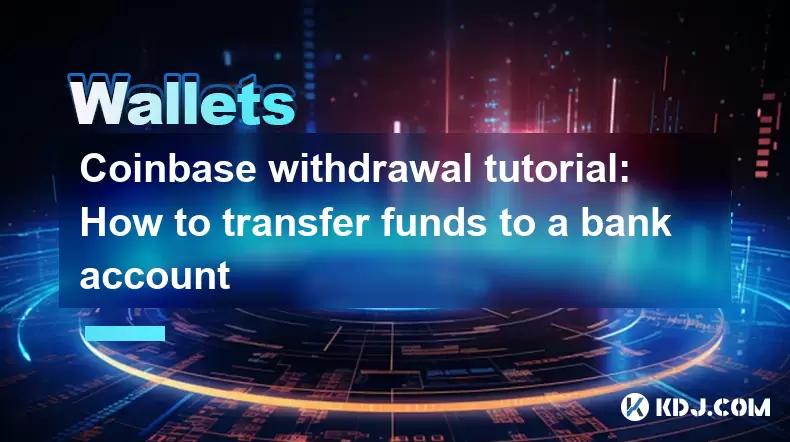
Coinbase withdrawal tutorial: How to transfer funds to a bank account
Jun 28,2025 at 02:35am
Understanding Coinbase WithdrawalsCoinbase is one of the most widely used cryptocurrency platforms, allowing users to buy, sell, and store digital assets. Once you've successfully traded or held your crypto on Coinbase, the next logical step may be to withdraw funds to a bank account. This process involves converting your cryptocurrency into fiat curren...
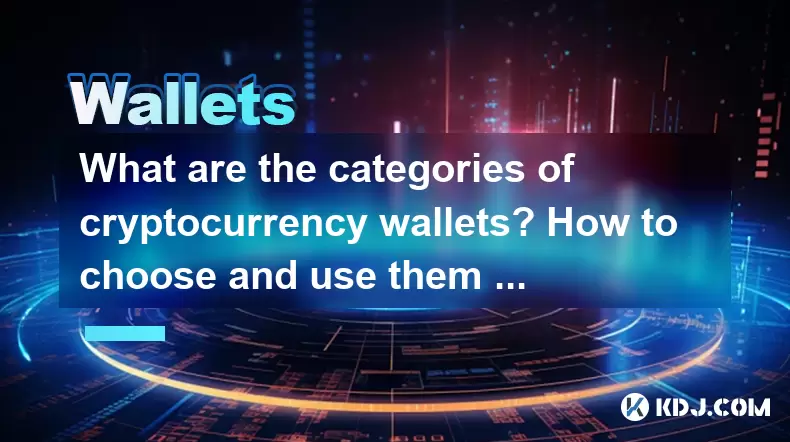
What are the categories of cryptocurrency wallets? How to choose and use them safely?
Jun 21,2025 at 10:42pm
Understanding Cryptocurrency WalletsCryptocurrency wallets are essential tools for anyone involved in the digital asset ecosystem. They allow users to store, send, and receive cryptocurrencies securely. Unlike traditional wallets that hold physical money, crypto wallets manage cryptographic keys—private and public—which interact with blockchain networks...
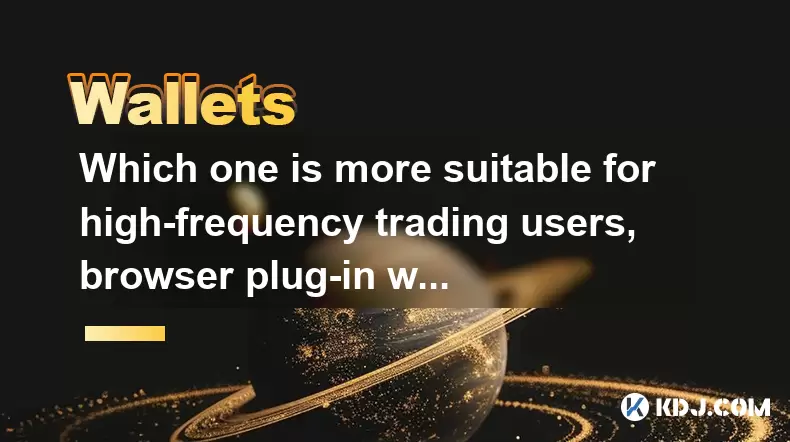
Which one is more suitable for high-frequency trading users, browser plug-in wallets or independent application wallets?
Jun 23,2025 at 08:22am
Understanding the Role of Wallets in High-Frequency TradingFor high-frequency trading (HFT) users in the cryptocurrency market, wallet selection is critical due to the need for speed, security, and seamless integration with trading platforms. HFT involves executing a large number of trades within seconds or even milliseconds, which demands a wallet that...

How to stake cryptocurrencies on Coinbase? Benefits and risks
Jun 27,2025 at 06:36pm
Understanding Cryptocurrency Staking on CoinbaseStaking cryptocurrencies involves locking up digital assets to support the operations of a blockchain network, typically in return for rewards. Coinbase, one of the most popular cryptocurrency exchanges globally, offers staking services for several proof-of-stake (PoS) coins. Users can stake their holdings...

How to contact Coinbase customer service? Support channels and response times
Jun 28,2025 at 01:29pm
Contacting Coinbase Customer Service: Support Channels and Response TimesIf you're a user of Coinbase, reaching their customer service team may become necessary for various reasons, such as account verification issues, transaction disputes, or technical difficulties. Understanding the different support channels available and what to expect in terms of r...

Which cryptocurrencies does Coinbase support? Full currency list
Jun 28,2025 at 08:36am
Overview of Cryptocurrencies Supported by CoinbaseCoinbase is one of the most popular and trusted cryptocurrency exchanges globally. It provides users with a platform to buy, sell, trade, and store various digital assets. As of the latest updates, Coinbase supports over 200 cryptocurrencies, including major ones like Bitcoin (BTC), Ethereum (ETH), and L...

Coinbase withdrawal tutorial: How to transfer funds to a bank account
Jun 28,2025 at 02:35am
Understanding Coinbase WithdrawalsCoinbase is one of the most widely used cryptocurrency platforms, allowing users to buy, sell, and store digital assets. Once you've successfully traded or held your crypto on Coinbase, the next logical step may be to withdraw funds to a bank account. This process involves converting your cryptocurrency into fiat curren...

What are the categories of cryptocurrency wallets? How to choose and use them safely?
Jun 21,2025 at 10:42pm
Understanding Cryptocurrency WalletsCryptocurrency wallets are essential tools for anyone involved in the digital asset ecosystem. They allow users to store, send, and receive cryptocurrencies securely. Unlike traditional wallets that hold physical money, crypto wallets manage cryptographic keys—private and public—which interact with blockchain networks...

Which one is more suitable for high-frequency trading users, browser plug-in wallets or independent application wallets?
Jun 23,2025 at 08:22am
Understanding the Role of Wallets in High-Frequency TradingFor high-frequency trading (HFT) users in the cryptocurrency market, wallet selection is critical due to the need for speed, security, and seamless integration with trading platforms. HFT involves executing a large number of trades within seconds or even milliseconds, which demands a wallet that...
See all articles
























































































